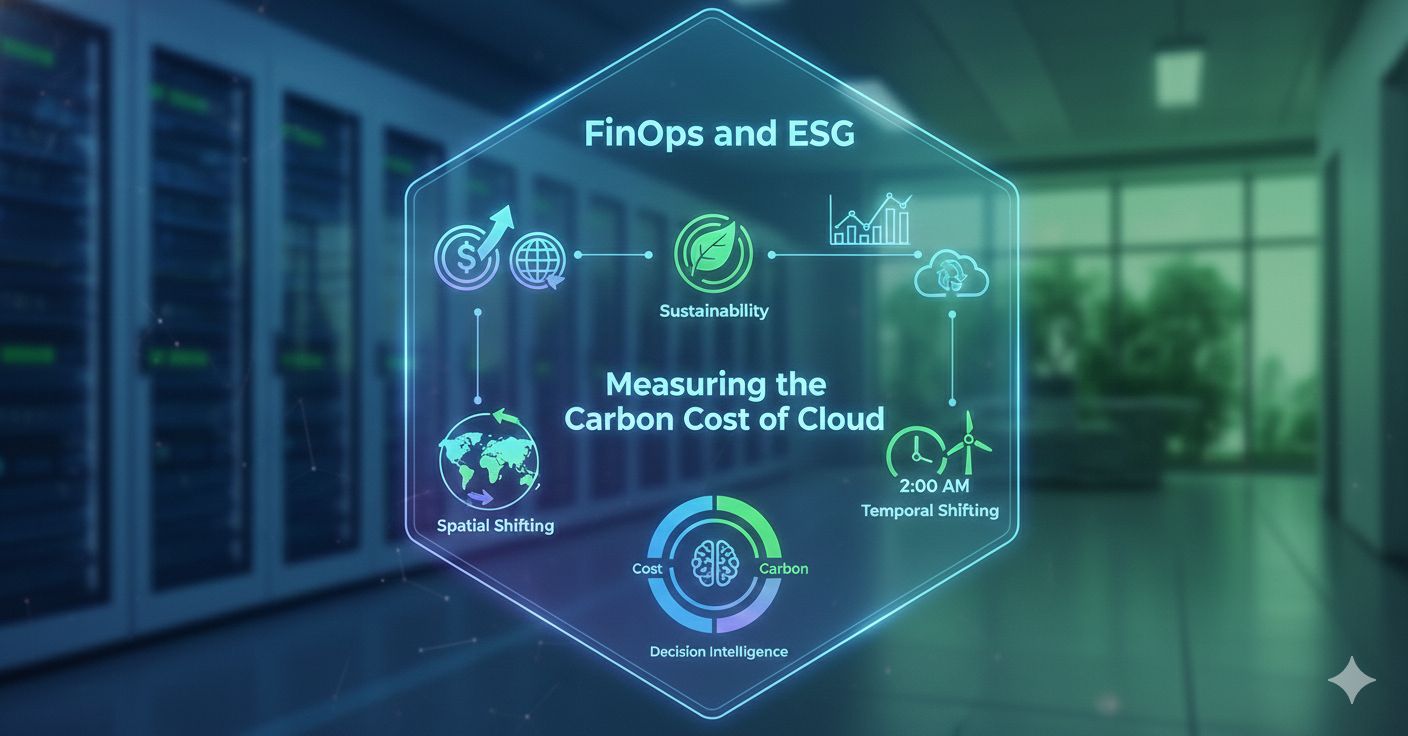It’s easy to get caught in the buzzwords — Project Management, Digital Transformation, Business Transformation.
They all sound strategic. They all promise change.
But they’re not the same thing and confusing them can lead to costly missteps.
Let’s break them down into what they truly are, where they apply, what they require, and most importantly; when to choose each one.
Project Management:
Driving Execution
What it is:
Project Management (PM) is the discipline of delivering specific outcomes, a product, service, or result within a defined timeline, budget, and scope.
When to use it:
Use PM when you need to launch a new website, implement a CRM, or run a marketing campaign. Think delivery.
Key Requirements:
- Clear scope and objectives
- Budget and resource plan
- Time-bound milestones
- Skilled project team
- Tools like Jira, Asana, or MS Project
Areas of Impact:
- Product launches
- Process improvements
- Campaigns or events
- Regulatory compliance initiatives
Digital Transformation:
Evolving with Technology
What it is:
Digital Transformation (DT) is redefining how your organization delivers value using digital technologies. It’s not just about tech, it’s about changing the DNA of how your business operates.
When to use it:
When you’re shifting to cloud, automating manual processes, leveraging AI, or creating a digital-first customer experience.
Key Requirements:
- Executive leadership and vision
- Technology roadmap
- Change management and cultural shift
- Agile, adaptive mindset
- Cross-functional collaboration
Areas of Impact:
- Customer experience (CX)
- IT modernization
- Operational efficiency
- Data-driven decision making
Business Transformation:
Changing the Core
What it is:
Business Transformation (BT) is a strategic rethinking of your entire business model. It’s not just digital, it’s organisational, cultural, structural change.
When to use it:
When your company needs to pivot, restructure, merge, or reinvent itself to stay relevant or competitive.
Key Requirements:
- Clear strategic intent
- Leadership buy-in across the C-suite
- Holistic change across people, process, tech
- Long-term investment
- Resilience and communication
Areas of Impact:
- Organisational structure
- Business models
- Culture and leadership
- M&A integrations
- Go-to-market strategies
| Scenario | What You Need |
| Launching a new internal tool? | Project Management |
| Automating manual workflows with AI or RPA? | Digital Transformation |
| Realigning your company’s direction due to market disruption? | Business Transformation |
| Replacing legacy systems with cloud solutions? | Digital Transformation (enabled by PM) |
| Pivoting from product-led to service-led business? | Business Transformation |
As a project manager deeply involved in transformation initiatives, I’ve learned that project management is the engine, but transformation is the fuel and destination.
Choosing the right approach requires not just technical skill, but strategic vision and stakeholder alignment.
Whether you’re managing a timeline, migrating to digital, or reshaping your business knowing the difference empowers you to lead effectively.
Pro Tip
Every transformation needs project management, but not every project is a transformation
#ProjectManagement #DigitalTransformation #BusinessTransformation #Leadership #ChangeManagement #AniketJha
Image Credit ChatGPT




